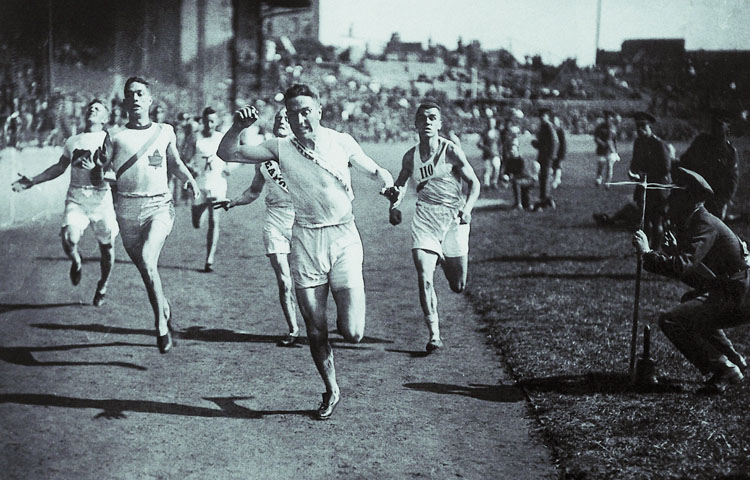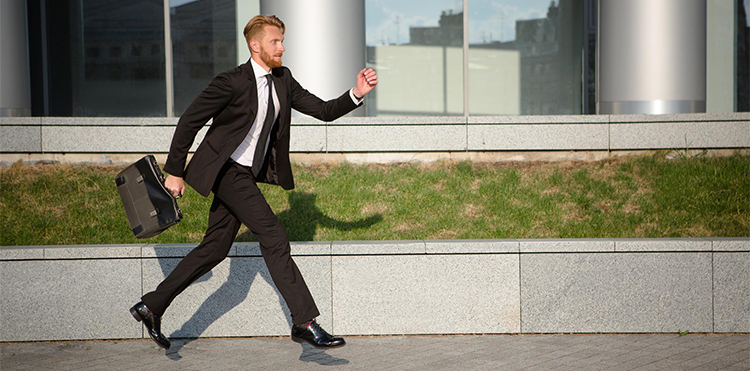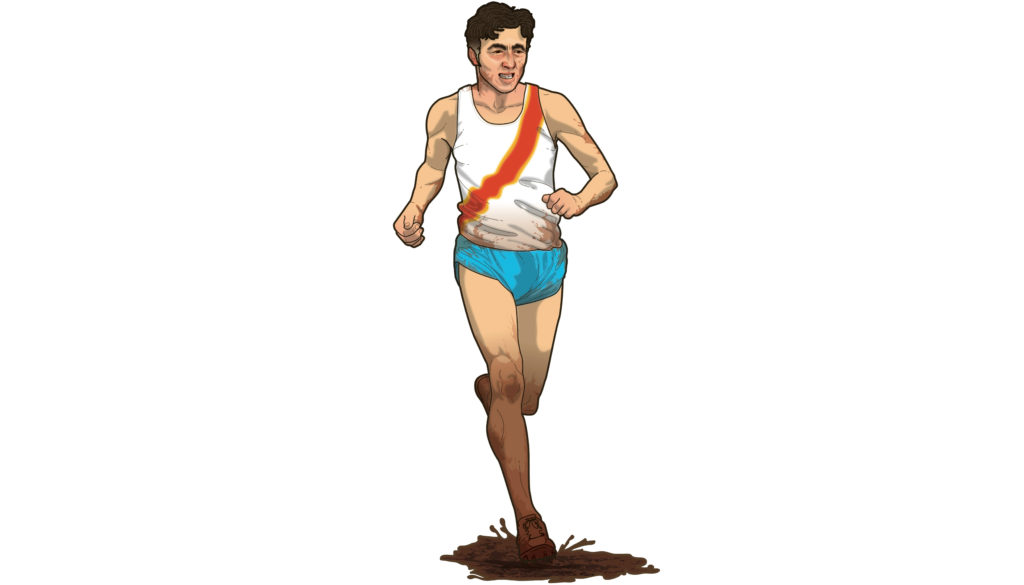
What’s the more effective racing strategy: chasing or leading?
Emil Zàpotek could win any type of race. At the 1952 Olympics in Helsinki, the legendary Czech claimed the 5,000m with a blistering last lap of 57.5 seconds that took him from fourth to first, and having added the 10,000m he decided to compete in the marathon for the very first time. He paced himself alongside British world record holder Jim Peters, who after a fast opening 15K made the mistake of telling Zàpotek he thought the pace was too slow in an attempt to put him off. Taking him at this word, Zàpotek attacked, set an Olympic record and became the first and only athlete in history to win the 5,000m, 10,000m and marathon in the same Games. Peters didn’t finish.
That’s an incredible achievement, of course, and it’s foundations lay in Zàpotek’s tactical flexibility and mental strength. The Czech was famous for sandbagging with a feigned expression of pain plastered across his face, which he used to win races both from the front and with late surges from behind. In most cases, there are those of us who like to lead and those of us who like to follow.
“Fundamentally, it’s down to the individual,” says Greg Whyte, professor of applied sport and exercise science at Liverpool John Moores University. “That’s not to say whether you prefer to lead or chase can’t be learned, or based on experience, but some of us like to chase, and others prefer to be chased, and people adopt the strategy that works best for them.
Which is a start, but it doesn’t answer the question of which is faster. There’s no doubt that, if you time your attack right and have the ability to make it work, leading from the front can devastate your rivals.
“So much of it is psychological,” says Andy Lane professor of sports psychology at the University of Wolverhampton. “If I’m in front and I’m relaxed, feeling confident, I think I can pull away when I like, assuming that the person behind is working hard. That’s based on my perception. But if I’m behind and I can take the pace, I’m likely to think that I’m the one who’s going to launch an attack.”
Psychological gains
A key concept here is ‘psychological momentum’ (PM), a controversial phenomenon that some sports scientists refuse to acknowledge, possibly because it’s so hard to gauge. But examples exist in all sports: one tennis player winning a string of points or games, a batting collapse in cricket, or in football the old saying “goals change games”. And it’s there in running too, working both ways, whether you’re pulling away from the pack, reeling in the leader or the one being dropped.
“Psychological momentum encompasses changes in the athletes’ sense of control, confidence, optimism, motivation and energy,” says sports psychologist Simon Hartley (be-world-class.com). “From my experience working with athletes, it’s clear that for many of them loss of PM coincides with loss of focus. It normally starts when we make a mistake. Many athletes will analyse their mistake and start to over-think their performance. Keen not to make another mistake, they will also start to try harder. The combination of thinking too much and trying too hard invariably leads to more mistakes. And so a spiral develops.
“There are two parties involved in the shift of momentum,” he adds. “This begs the question: is momentum lost or gained? Does one side wait until the opponent makes mistakes and loses the momentum, or can an opponent affect the swing of momentum in their favour?”
It’s not even as simple as that. “Two constructs are likely to add to the complexity of entangling the influence of psychological momentum,” says Lee Crust, senior lecturer at Lincoln University’s School of Sport and Exercise Science. “First, ‘positive inhibition’ reflects situations where athletes may have caught up with opponents, but this momentum actually leads to negative changes in subsequent performances due to ‘coasting’. Additionally, ‘negative facilitation’ occurs when an athlete falls behind and this poor performance acts to motivate an increased effort. Psychological momentum is clearly a difficult concept to quantify and evaluate.”
Tortoise and the hare
OK, so let’s talk in practical terms. “It’s generally better to be just behind for 98% of the race because wind resistance is lower,” says Lane. “It’s much easier to follow in running than it is in any other sport, and if you have two elite athletes – or athletes of any level – who are evenly matched the one following has a massive advantage. A sub-two hour marathon is absolutely possible, but it would need someone to pace it so that the athlete attempting the record uses 8-10% less effort from following, and it’s difficult to find someone who can run that quickly for long enough.”
There is a biomechanical reason as well. “Humans sync movement with each other,” Lane adds. “If you’re running behind someone you’re receiving messages on effort and you’re internalising that subconsciously. If he can do it, so can I. The physical symptoms of effort are then made that much easier.”
Of course it’s also down to tactics, and strategy – like so much of sports performance – is down to mental strength, which is a complicated animal. “If you have an advantage and can run at a different intensity to those around you, then you can attack from the front: ‘This is how hard I can run – keep up with me if you can.’ Paula Radcliffe would focus on technique, and count a rhythm, without thinking about her competitors. Not many people can do that.”
So just remember one thing – we tend to remember solo wins because they are so rare, says Whyte: “A lone breakaway very rarely succeeds for one very good reason: the cards are massively stacked against you when you’re out on your own and being chased down by a pack, or even an individual who has conserved their energy better. The laws of probability dictate that, for the amateur, you’re better off chasing.”






